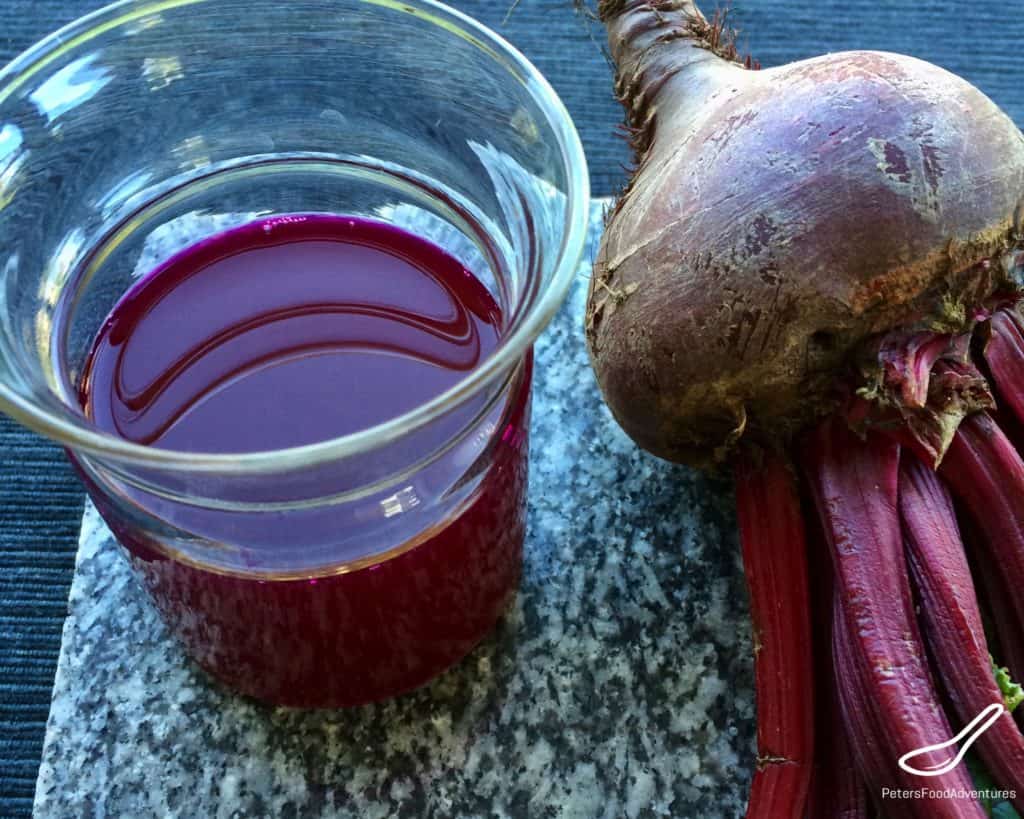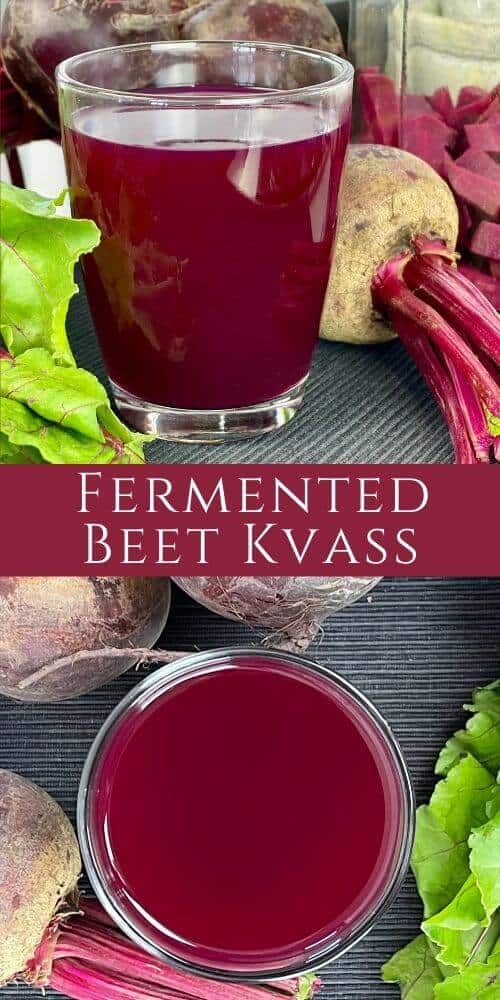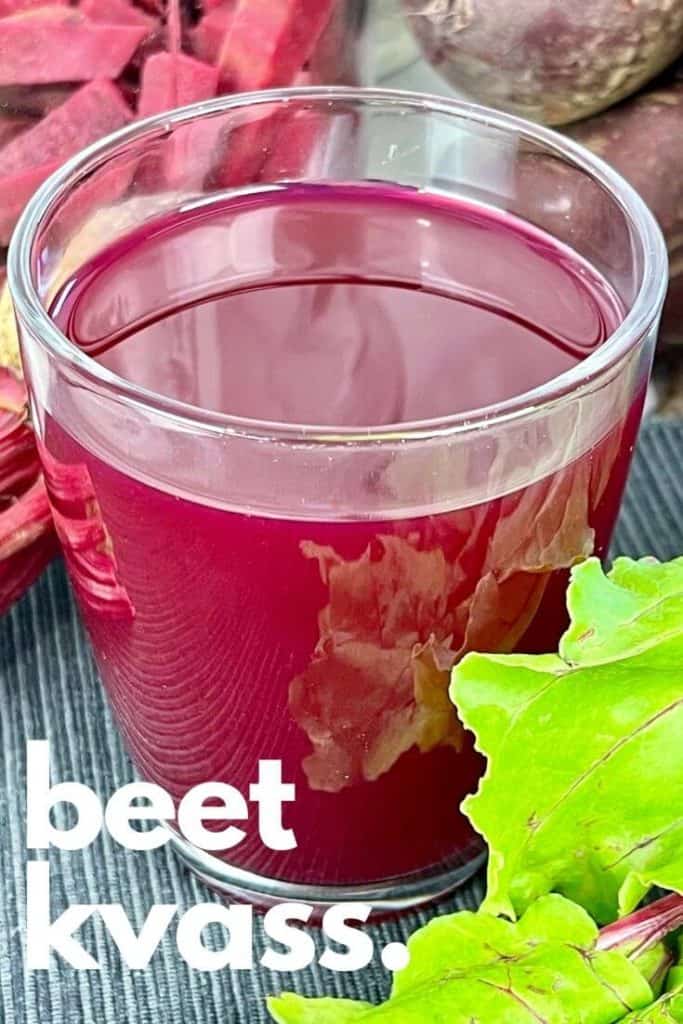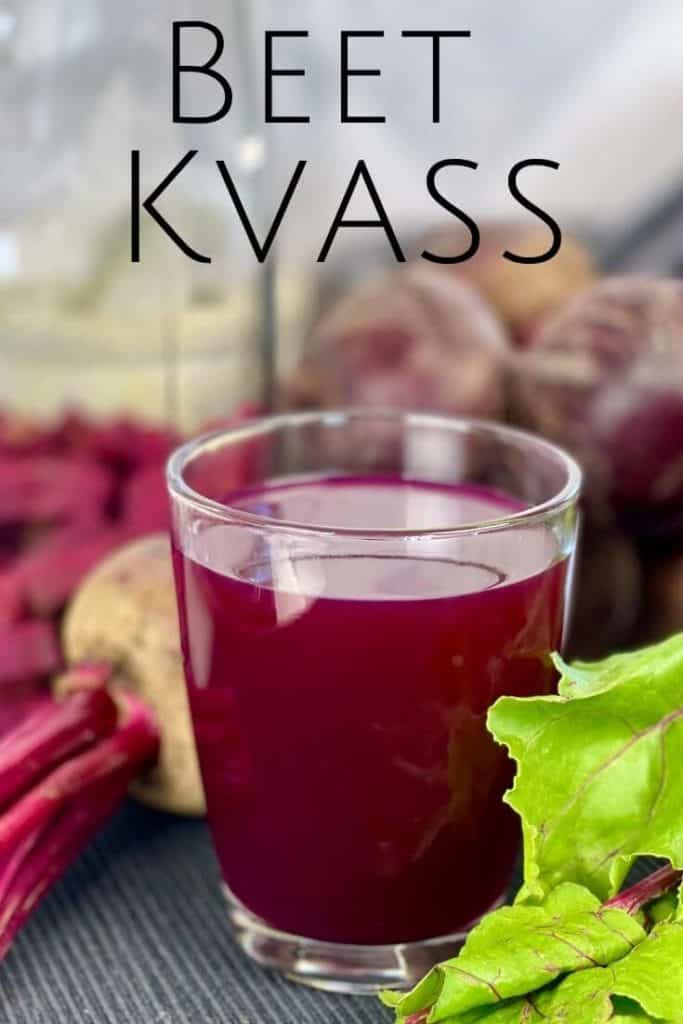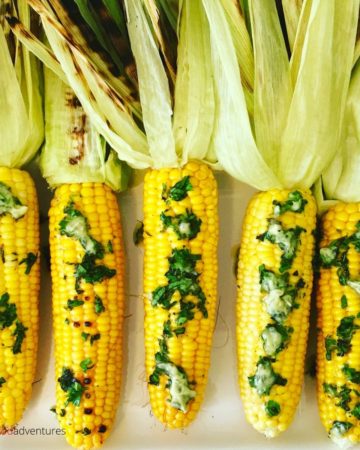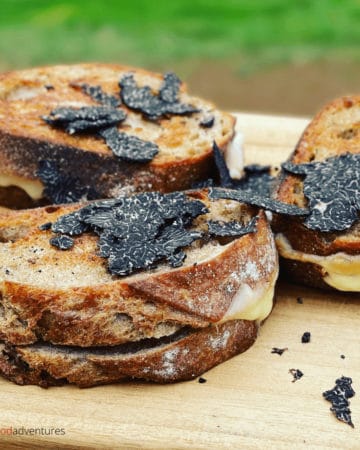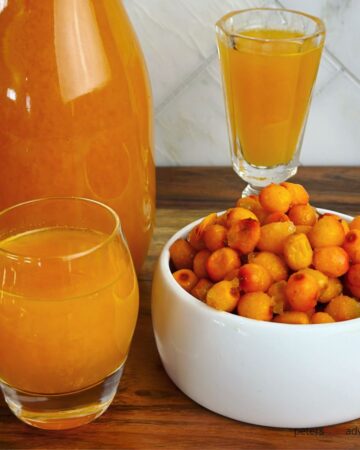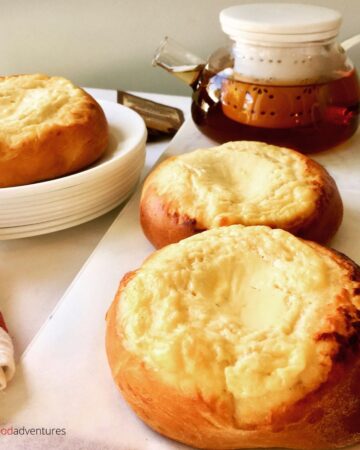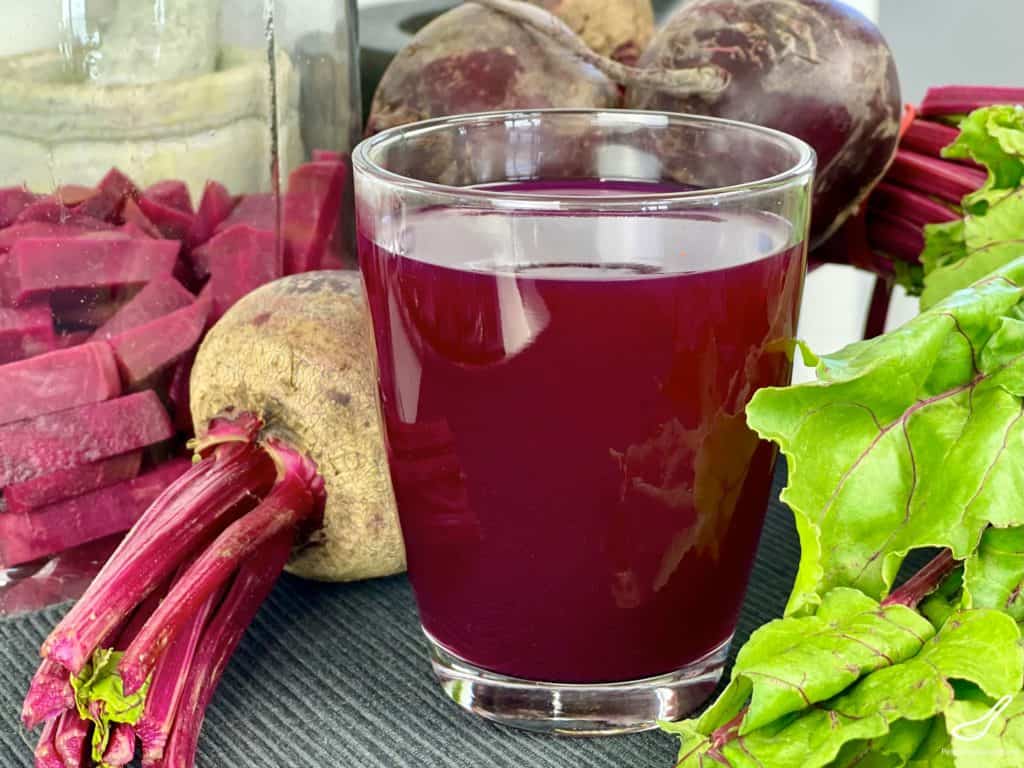
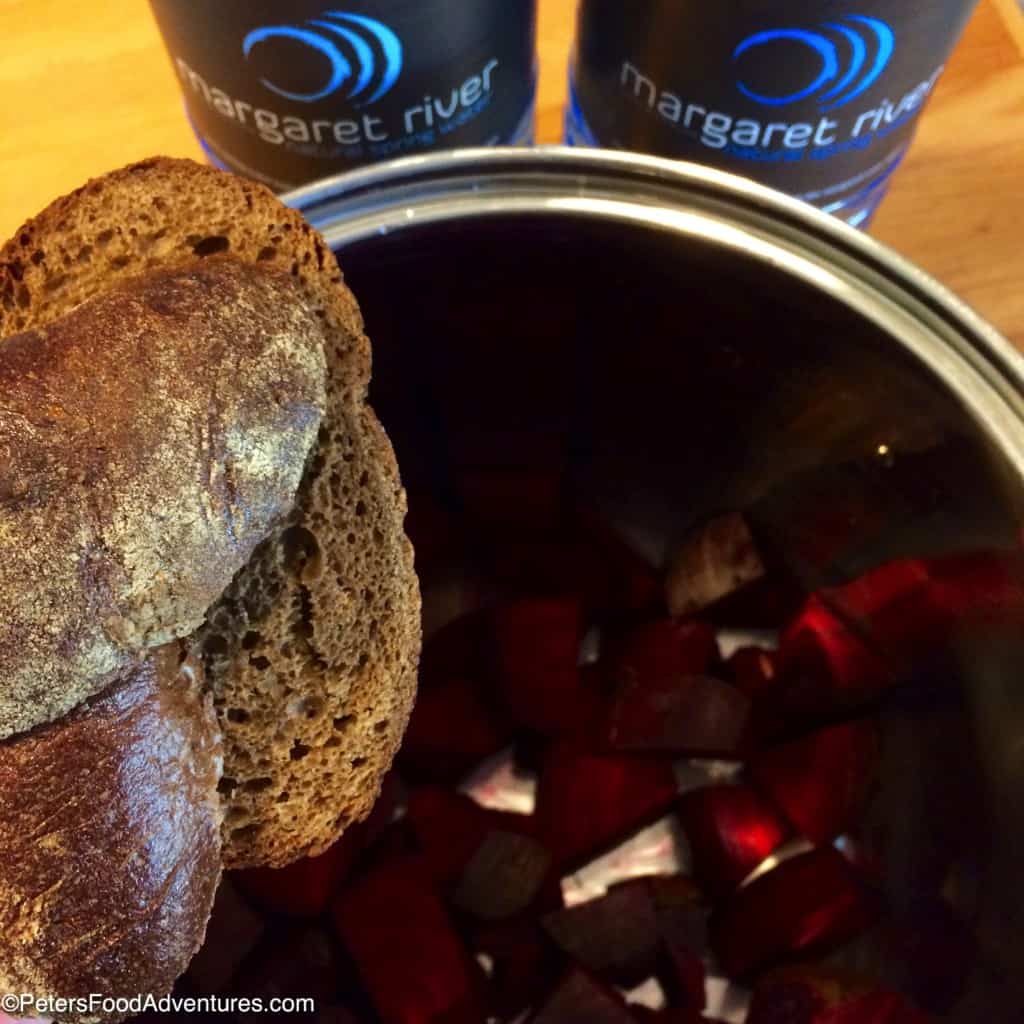
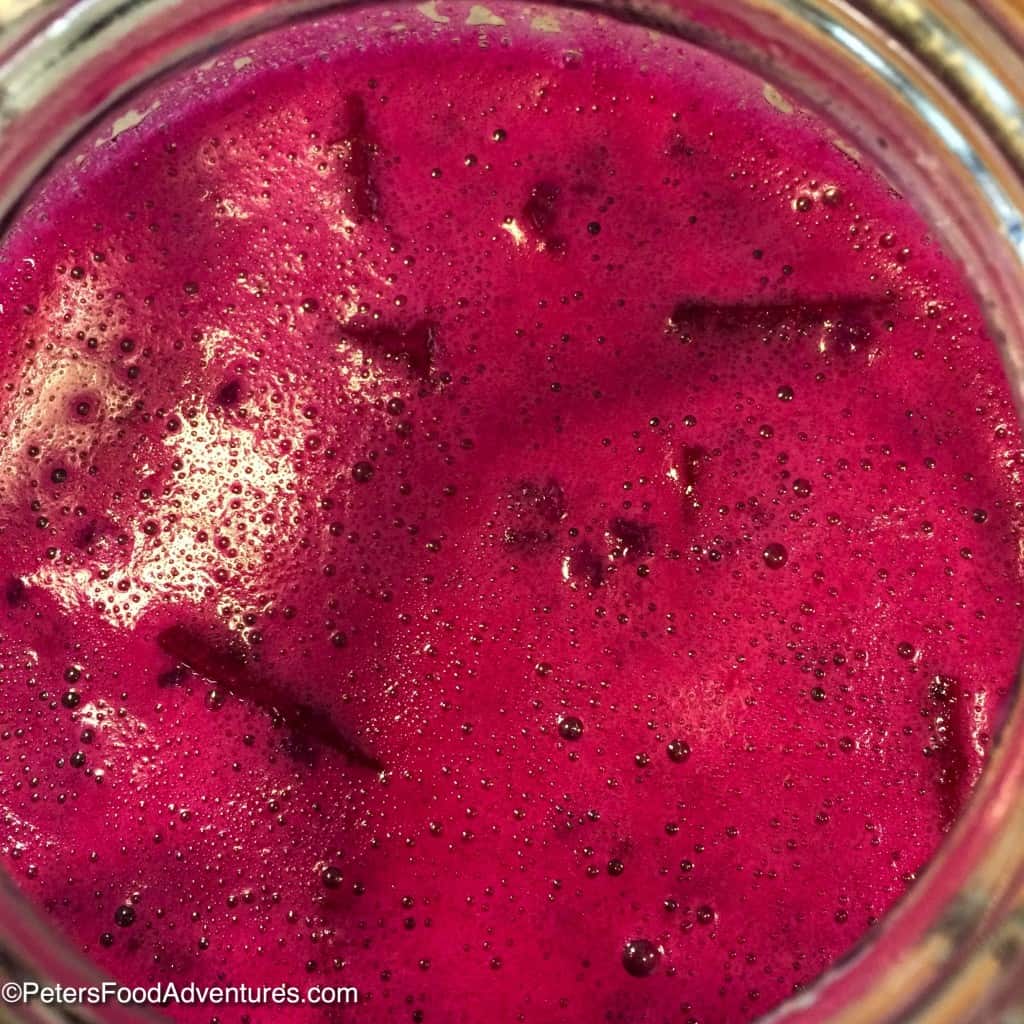
I have fond memories drinking deep pink Russian Beet Kvass Recipe that my grandfather made from beets (beetroot). The fermentation of Beet Kvass is similar to making fermented Kimchi or Kombucha. The color is an amazing bright fuchsia colour changing to a deep red. While I don't have my dedushka's exact recipe, I have played around with several recipe variations and am happy with this one.
What's Beet Kvass?
Sweet Beet Kvass (Свекольный квас) is a Russian probiotic drink made with fermented beets, which people drink for their health. This is an authentic Russian recipe full of nutrients and vitamins with amazing immune boosting properties. As all Slavic food recipes have so much cross-over, you will find versions of this recipe native to Poland, Ukraine, Latvia and across Eastern Europe.
Kvass in Russian, means to ferment. It's been made in Russia for hundreds of years. It's almost viewed as a soft drink, a cool refreshing drink. The most common type of kvass drink is made from rye bread - Russian Kvas from Rye Bread and is absolutely delicious. There are many different flavors of Kvass, with many methods, but I'm focussing on the healthy benefits of beets and lacto-fermentation.
Is Beet Kvass healthy?
Beets are incredibly healthy. Russians believe that Beet Kvass has healing powers aiding high blood pressure, low iron anaemia, metabolic disorders, aids digestion, helps constipation, removes toxins from the liver. Some think it even helps you lose weight! It's really believed for much more, trust me. I'm sure some of it can't be backed by science yet, although some of the claims are now proving true. Do some research, it's pretty remarkable. It's even called the "elixir of youth" or "miracle drink" and full of antioxidants and nutrients.
Strangely enough, they say Kvass shouldn't be consumed it you have kidney stones, bladder disease, gout, stomach ulcers or rheumatoid arthritis, as it can aggravate those conditions. You should always consult a doctor when trying new things you read about on the internet!
Is Kvass Beet Juice?
Kvass is not plain beet juice, it's very different. The lacto-fermentation with the beets and water creates probiotics, which isn't found in regular beet juice. Everyone knows that fermented sauerkraut is different than chopped cabbage or coleslaw. The same principle applies here.
It's recommended to start drinking Russian Beet Kvass in small amounts, no more than ½ cup a day, until your body gets used to it and then can slowly increase your intake, otherwise you might have a 'cleansing of your bowels'. It's never affected me, not ever, but some say it can affect. I wonder if they're drinking the culturally appropriated fake salty beet kvass?
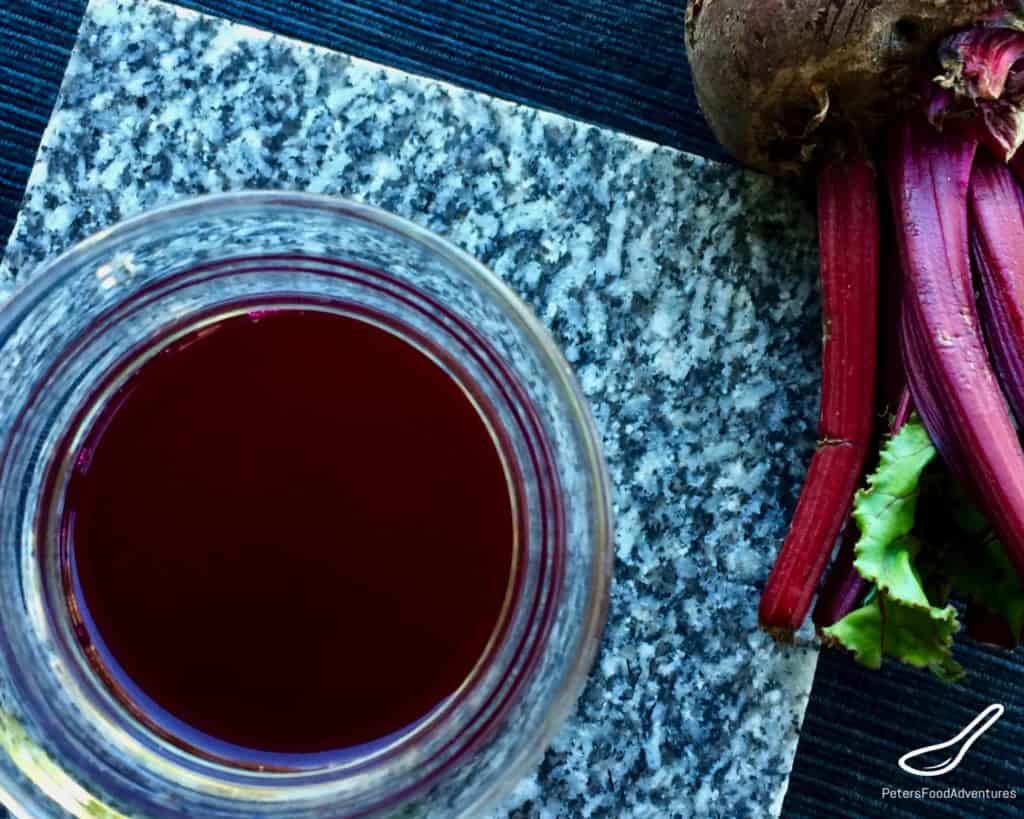
Is Beet Kvass salty?
Most Beet Kvass recipes written in English seem to be made with salt. Salty Kvass is an acquired taste, and is traditionally made for Borscht. Alternatively, there are Slavic and Russian Kvass recipes made with sugar! Just because something is healthy, doesn't mean it has to taste horrible!
So ave you been making Beet Kvass wrong this whole time? If it's salty, then it's it might be great of soups. As a probiotic drink, this sweet alternative Kvass recipe made with sugar tastes much better! It's also healthier compared to the salty Beet Kvass, less sodium!
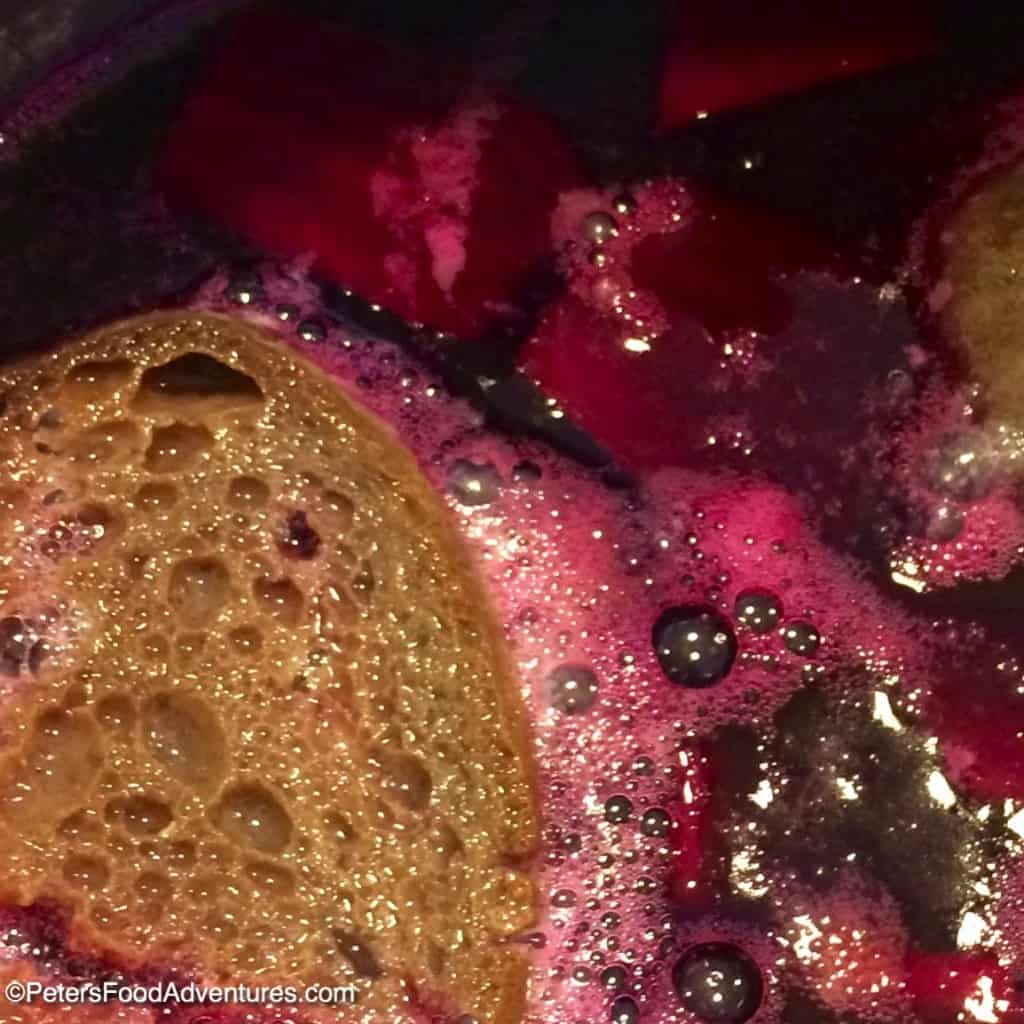
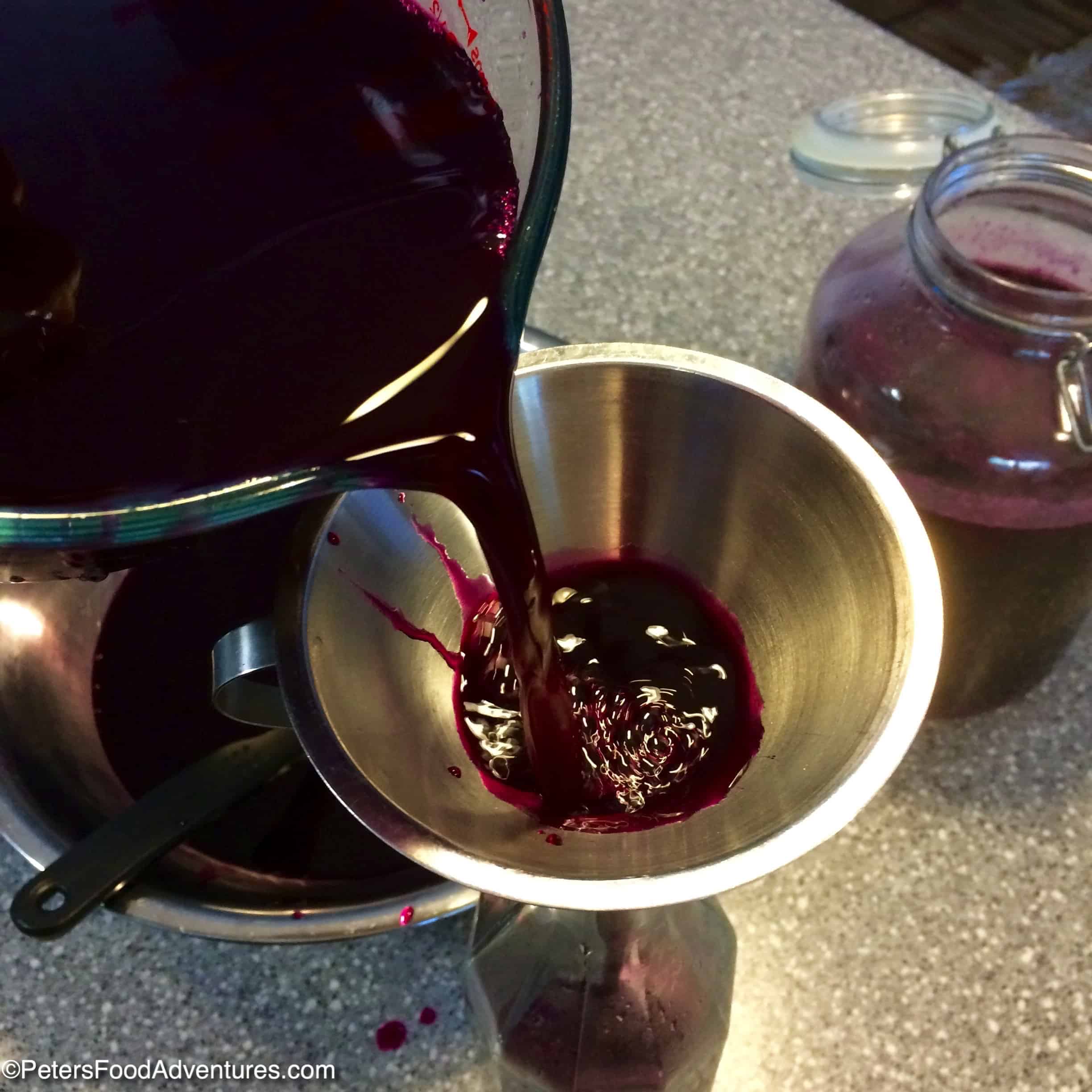
Don't Use Raw Water
This title is almost lost in translation! Of course water is raw and uncooked, however some Russians seem to be scared of unboiled water. It literally translates as raw water. My parents always said, don't drink the tap water, it's сырая вода or raw water (not boiled). So they would boil the water, cool it and drink it. While this doesn't make sense to me for every day life, it definitely makes sense when fermenting foods.
It's very important to use cooled boiled water or bottled spring water, as the chlorine from tap water inhibits the fermentation process. We always boiled regular tap water and cooled it completely. Or just buy a few litres of spring water, that is chlorine free, and free from any nasties. Sterile pure water is what's needed for this recipe.
Rye Bread in Beet Kvass
There are many Beet Kvas recipes out here, most use only plain beets, sugar and water. However, some recipes, like this one, add a crusty piece of rye bread pieces into the mix You can skip this of course, but it's how I remember my grandfather making it.
How much rye bread do you add? I just add the end pieces from the rye bread loaf that people usually don't like to eat. It's just a tiny bit of bread, maybe it's a nod to traditional Bread Kvass, but I also make Bread Kvass with Blackcurrants. So maybe fruit and Rye bread isn't that strange.
How to Make Beet Kvass
Firstly, you need a large glass jar. Glass jars are always used in lacto-fermentation. The glass is clean and sterile when compared with using plastic jugs. Peel the beets and roughly chop them. There is not rhyme or reason. Some people grate the beets, it's entirely up to you. Combine the ingredients together, cover with a cheesecloth for breathability, and place in a cool dark area for up to a week. Cool doesn't mean in the fridge, but just don't put it in the sunshine! When finished fermenting, strain through a cheesecloth.
Keep the fermentation at room temperature, warmer temperatures will speed up your time required, and if its cooler in the house, then you might need to allow a longer fermentation period. It will look like it bubbles and fizzes, but the kvass isn't fizzy like 7-Up. The best part of this recipe is that you can re-use the same beets for a second fermentation to make kvass again. You can re-use the beets up to 3 times, but I usually only use them twice. The color starts to leave the beets and the kvass isn't as strong on the 3rd attempt.
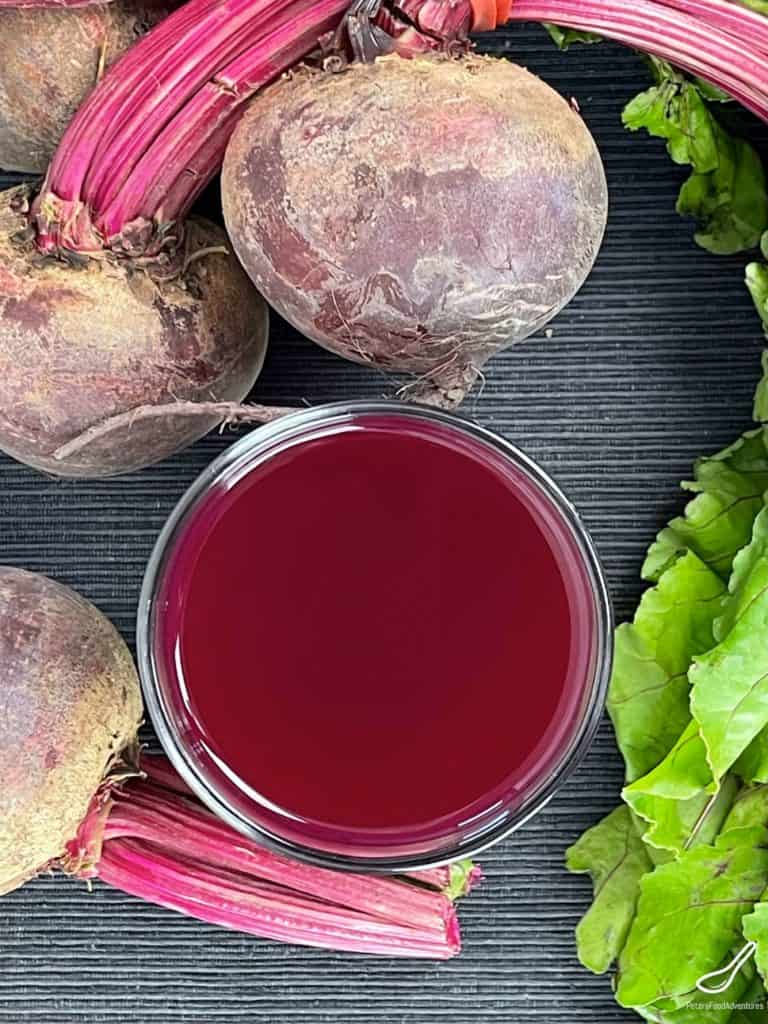
Why is my Kvass moldy?
I hope it's not moldy, but there might be a white film layer on top of the kvass. This is usually a yeast known a kahm yeast, and not mold. This is typical when you ferment foods, and sometimes people mistake it for mold and throw it all out. I use a spoon and skim out any white film daily.
Like all things that are fermenting, use your sense of smell. There are many variables that can go wrong when fermenting at home. Trust your nose. If you leave it out too long and it smells wrong, spoiled or rancid, then just throw it out and start again. I'm always safe then sorry. Beets aren't very expensive, so it won't break the bank to start again.
How Long Will Beet Kvass Last?
When finished fermenting, and strained, keep the beet kvass refrigerated. We keep it in the fridge no longer than 7 days, and it's usually gone by then!
Beet Kvass Recipe Tips
- Use a large glass jar covered with a cheesecloth if you don't have a fermenting jar, it works the same!
- It's ok to skip the Rye Bread
- Avoid the salt, it's never been in the original recipe
- Add it to your morning fruit smoothie or mix with your favorite juice
Beet Kvass is a Slavic favorite, with so many great health benefits. It's not hard to make at home, inexpensive, and a great way to detox. But please, please don't make it salty. Bon Appetit! Приятного аппетита!


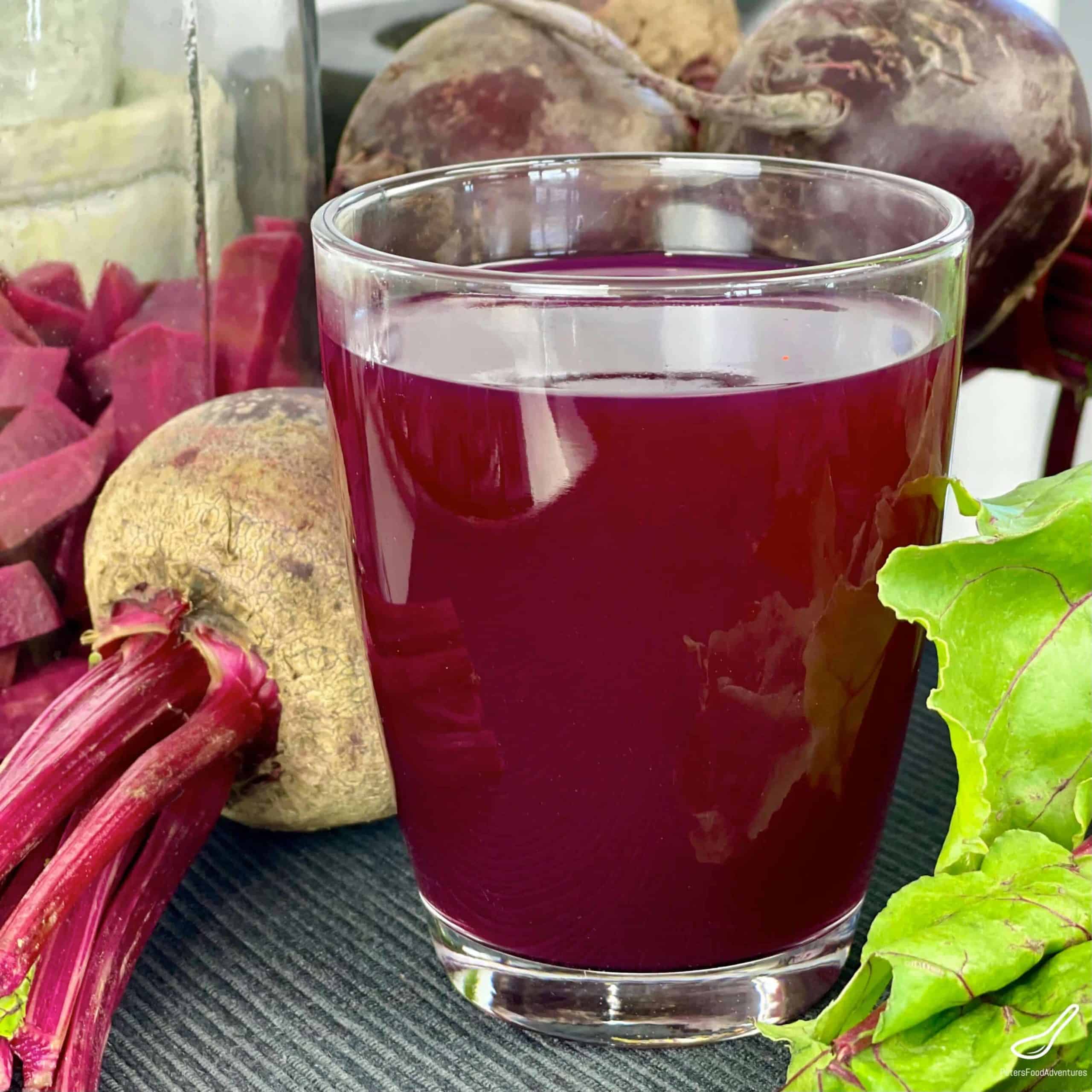
Ingredients
- 3 medium sized beets peeled and roughly diced, grated or sliced
- 4 heaped tablespoons sugar
- 2 litres of spring water or cooled boiled water, don't use tap water
- Chopped crust from a Rye bread loaf
Instructions
- Place the peeled and chopped beets into a large glass bottle.
- Add sugar and spring water and mix until dissolved.
- Add the rye bread crust into the mix.(optional)
- Cover with a loose lid or with a cheesecloth and place in a cool dark area from 3-7 days. If you are putting a tight lid on, you need to burp it daily. Taste daily.
- When it is ready, skim off the top any foam and carefully strain the Kvass through a cheesecloth and keep refrigerated.
- You can use these beets for another round or two of fermentation. Just add sugar again and water with ¼ cup of Kvass and repeat.
Video
©PetersFoodAdventures.com
